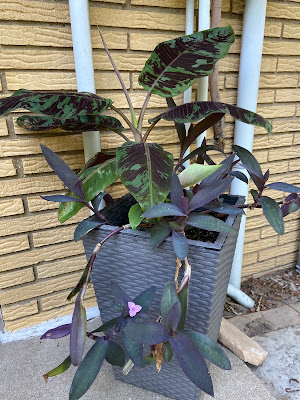I recently found some old seed in my office and wondered if they were still viable. If you save leftover seed to use the following year, here are some ways to find out if they are still good.
Seed viability is a measure of the number of seeds that are still alive to produce plants. Some seeds stay viable for many years, while others might only last a short time. For example, parsley and onion seed only last a year or two, while watermelon and cabbage should last four years or more. Most seed packets are dated so you know how old they are.
The best way to see if your seed is still viable is to do a germination test following these steps.
- Place 10 seeds on a slightly damp paper towel. If the towel is too wet, the seeds will rot.
- Roll up or fold the paper towel and place it in a closed plastic bag to keep it from drying out. Use a permanent market to record the date and type of seed on the outside of the bag. Also, note the average germination times listed on the seed packet.
- Leave it in a warm place (above 70 degrees) for a few days. Although light isn’t a major factor for most seeds, a warm windowsill often works well. The top of the refrigerator is another good location.
- Based on the average germination time listed on the seed packet, check the seeds in a few days to see how many seeds have started to grow. If you don’t know the average germination rate, check them in 7-10 days. You might be able to see them through the paper towel. Often the roots begin growing first.
- Once they’ve begun to germinate, carefully remove the paper towel wrapped seeds from the bag. Then, unroll the paper to see how many seeds have sprouted.
The germination test will show you the percentage of those seeds that are still alive. If only half of the seeds germinated in the paper towel, it is likely that only half will grow in your garden. If the germination rate is 70-90 percent, you should sow them a little thicker than normal in the garden. If less than 70 percent germinate, it might be better to buy new seed.
You can plant the sprouted seeds in the garden or in a container. Since the root often grows into the paper towel, cut or tear around the seeds then plant the seeds, towel, and all.
Larger seeds can also be tested using a water method. Place peas, beans, and corn in a bowl of water. If they sink, they're fine. If they float, toss them.
Seeds last longer when they are stored in a cool, dry place. In the winter, a cool basement or garage that doesn’t freeze works well. In the summer, a cool room or refrigerator will keep them at the right temperature and humidity level.
Click on this factsheet link from Colorado State University Extension for more information on Storing Vegetable and Flower Seeds.
Originally Published in Canton Ledger Column on 2-4-17









